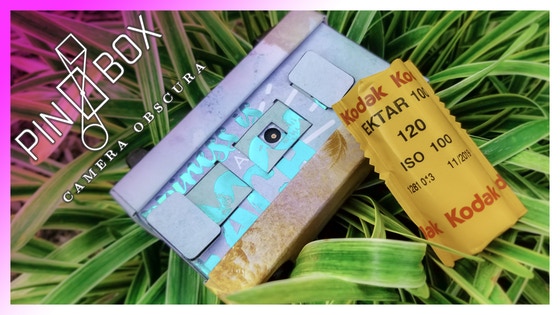A few things need to happen before we can kick off production and fulfillment. Here's a quick rundown:
-
First, Kickstarter needs to transfer over the funds so we have the money to make the rewards (this can take up to two-four weeks).
-
Second, I have to send out backer surveys so you can make any necessary reward choices, verify shipping information, and choose any add-on's that you may like (like additional apertures, PinBox kits, wraps, etc.).
I have partnered with BackerKit to streamline your surveys. BackerKit provides me with the tools necessary to give you the best fulfillment process possible. I'll send out a BackerKit survey to collect this information in about one week (around August 10th, 2018). Don't worry, I'll give you a heads-up before I send the survey so that you can watch for it.
You don’t need to create a BackerKit account to answer your survey. The invitation email contains a link to your personal survey. It is important to submit your responses as quickly as you can since we need this information to process your rewards.
Some important notes:
If you need to change your survey responses, purchase add-on items, or update your shipping information, you can click the link in your survey email again or request your survey link under "Lost your survey?" on our BackerKit project page (This page will only start working after we send the surveys out).
If you prefer, you can contact me directly and give me your information, but answering your survey helps me get your rewards out to you faster. BackerKit helps me save lots of time by streamlining the survey process, automating data organization, and providing us with pledge management software to make it easy to process your pledge reward shipments.
If you used your Facebook credentials to log in to your Kickstarter account, the BackerKit survey link is sent to the email address you use for your Facebook account.
If you have another email address that you prefer to use, please contact me.
We are poised and ready to begin shipping at the end of August. The faster you complete the survey, the faster I can ship!
You've been Great. Thank you all, and remember, #TheBoxIsBack!
Cheers,
Rob


